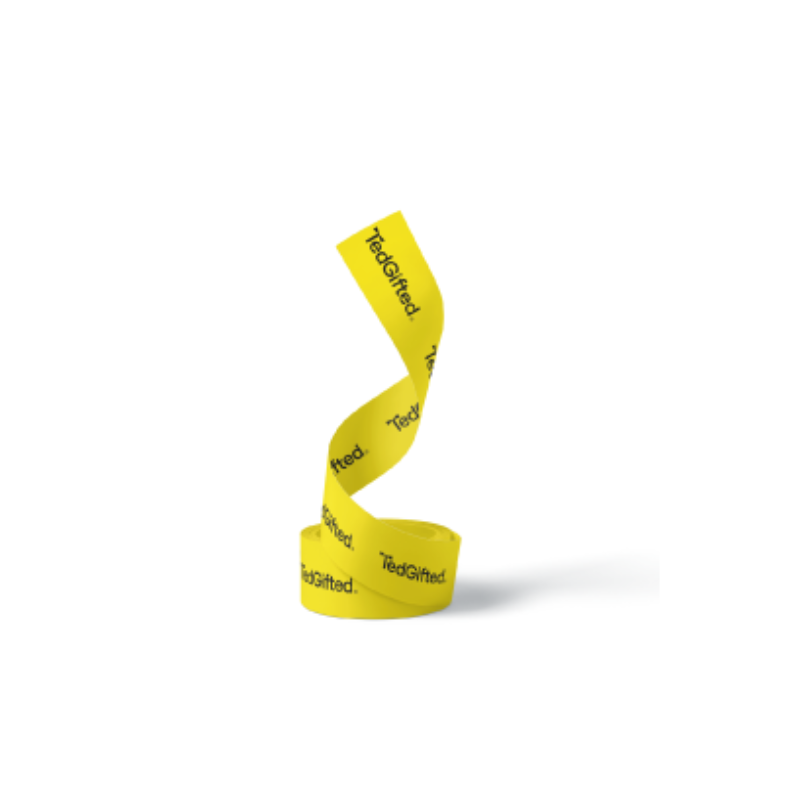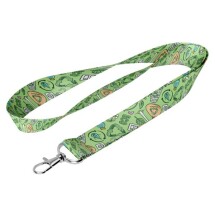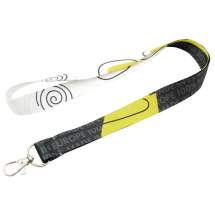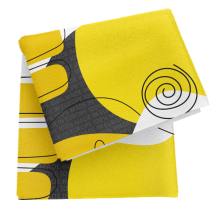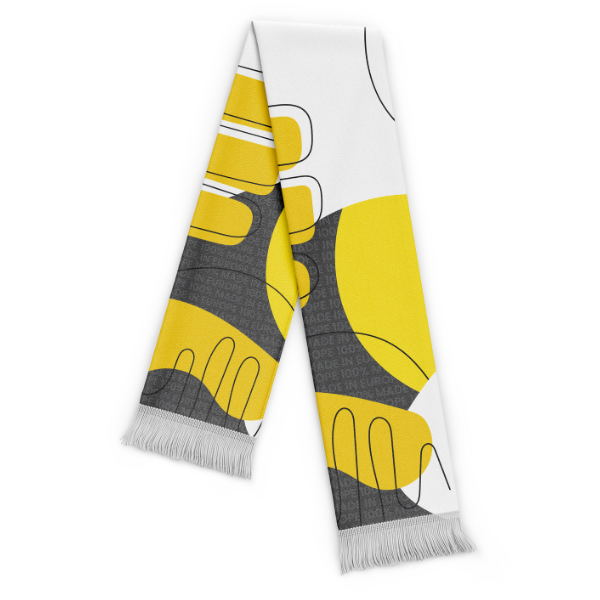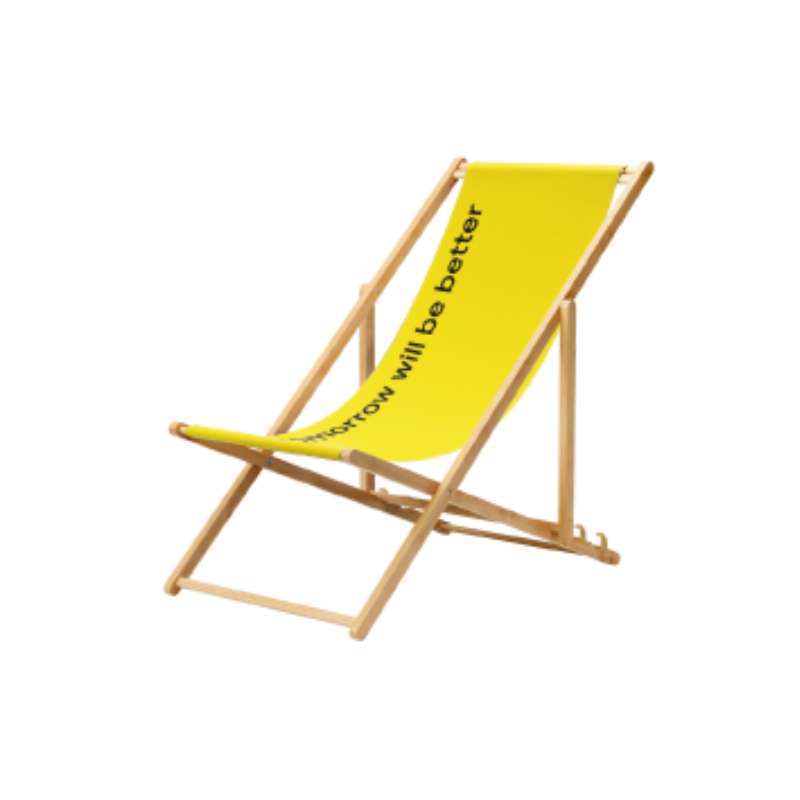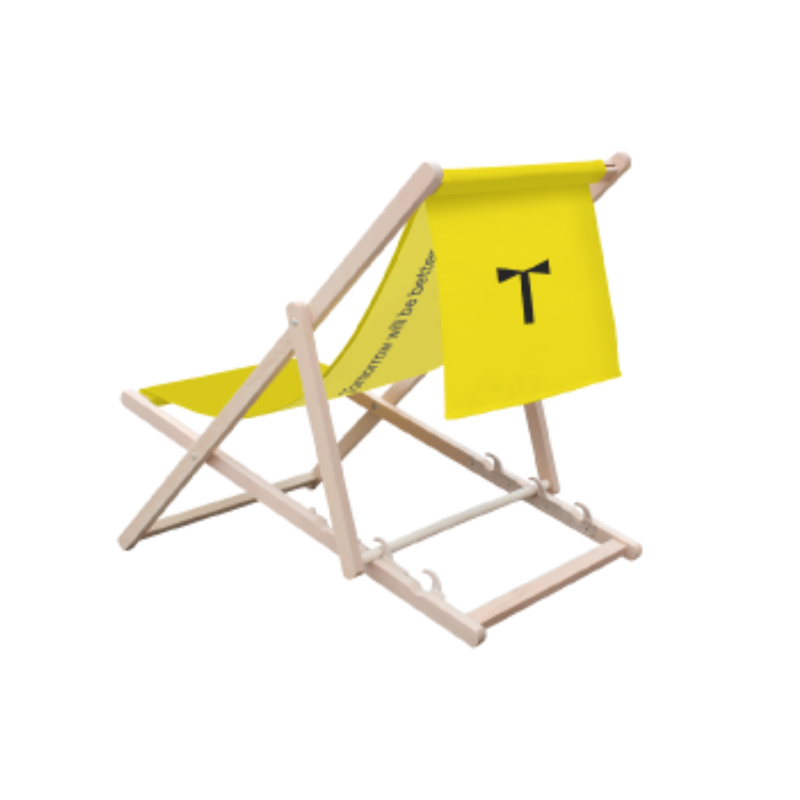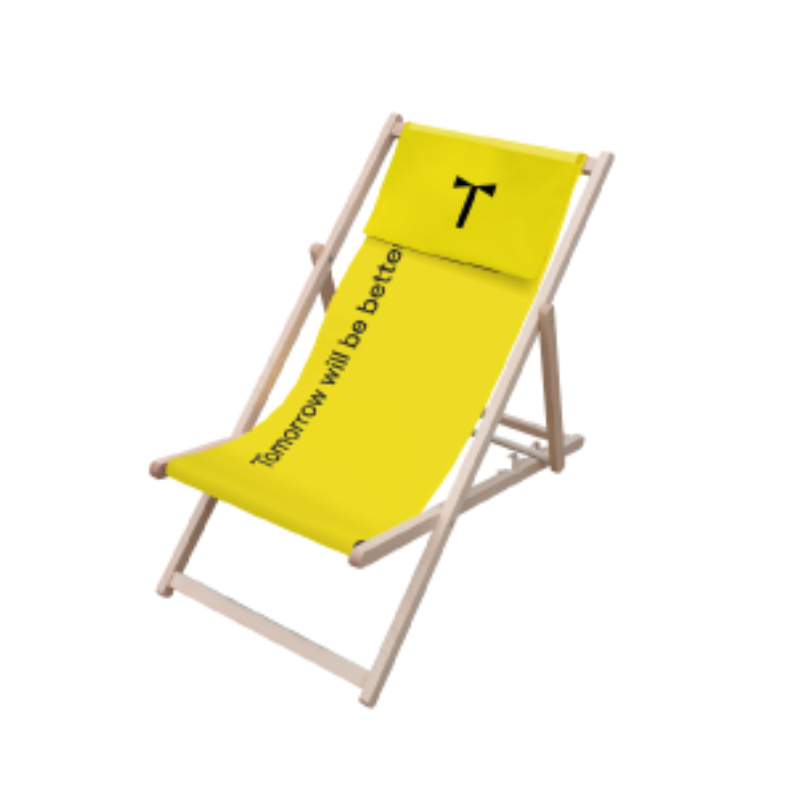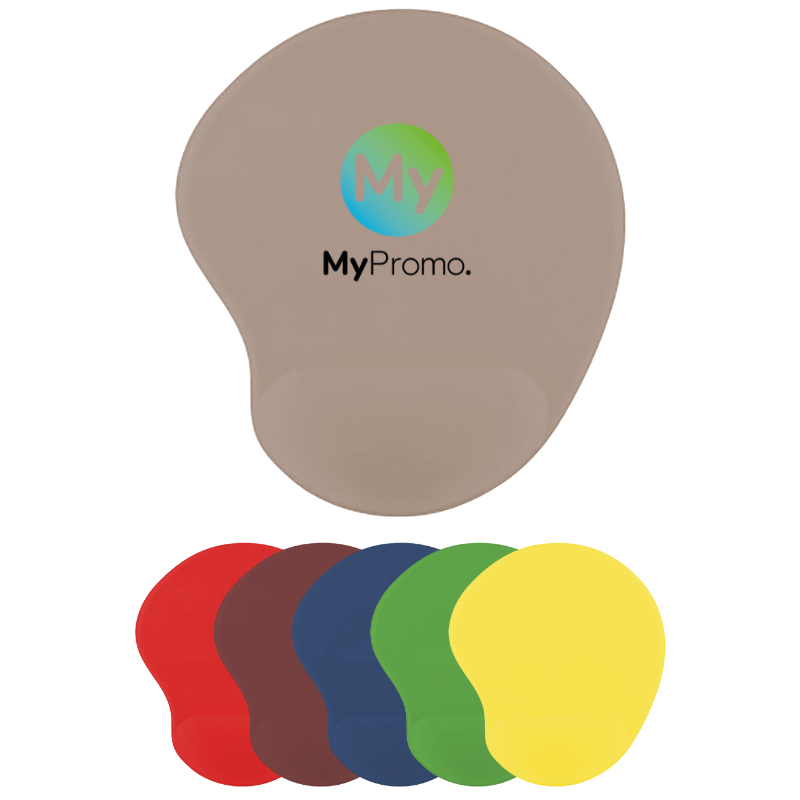Dye sublimation
What is Dye Sublimation?
Dye sublimation is a popular print technique that has revolutionised the world of printing and promotional gifts. It involves the transfer of dye onto various materials, particularly polyester fabrics and coated surfaces, using heat. This technique is known for producing vibrant, long-lasting prints that are highly resistant to fading.Historically, dye sublimation emerged in the mid-20th century and gained prominence in the 1970s with the advent of better heat transfer equipment and dye technology. It quickly became a go-to method for producing high-quality, durable prints.
The dye sublimation process begins with creating a digital design, which is then printed onto a special transfer paper using sublimation inks. This transfer paper is placed on the material to be printed, and both are subjected to high heat and pressure. The heat turns the dye into a gas, which permeates the material's surface and solidifies, resulting in a permanent, full-colour image that won't crack or peel.
Essential Tools and Materials for Dye Sublimation
To perform dye sublimation, several key tools and materials are required. These include a sublimation printer, which uses specialised sublimation inks, and high-quality transfer paper designed for dye sublimation. A heat press machine is essential for applying the heat and pressure needed to transfer the dye onto the material. The materials to be printed on should ideally be polyester or have a polyester coating to ensure the best results.
Common Applications and Examples
Dye sublimation is widely used for personalising a variety of promotional products. Common applications include custom apparel such as t-shirts and sportswear, as well as accessories like caps and personalised bags. This technique is also popular for creating personalised items such as personalised mugs, phone cases, mouse pads, and keychains. The ability to produce detailed, vibrant images makes it a favourite for customising promotional products that stand out.
Advantages of Dye Sublimation
One of the main advantages of dye sublimation is the quality of the prints it produces. The colours are bright and vivid, and the prints are highly durable, resisting fading even after multiple washes. The process allows for full-colour printing and can accommodate complex designs with gradients and photographic details. Additionally, because the dye becomes part of the material, the print doesn’t add any extra layers, leaving the fabric feeling as soft as it was before printing.
Comparison with Other Print Techniques
Compared to other print techniques, dye sublimation offers unique benefits. Unlike screen printing, which can be limited in colour range and may add texture to the material, dye sublimation allows for seamless full-colour prints with no texture. Digital printing can produce high-quality images but doesn’t match the durability of dye sublimation on fabrics. While heat transfer vinyl is good for simple designs, it cannot achieve the photographic detail possible with dye sublimation.
Challenges and Limitations
Despite its many advantages, dye sublimation does have some limitations. It works best on polyester or polymer-coated substrates, which can be a restriction if you want to print on natural fabrics like cotton. The initial setup costs for the specialised equipment and materials can be high, making it a significant investment for small-scale operations. Additionally, achieving the best results requires a precise control of temperature, pressure, and time, necessitating a bit of a learning curve for beginners.
In summary, dye sublimation is a powerful print technique that stands out for its ability to produce high-quality, durable, and vibrant prints. While it has its challenges, its advantages make it a preferred choice for personalising a wide range of promotional products and gifts.
| Feature | Dye Sublimation | Screen Printing | Digital Printing | Heat Transfer Vinyl |
|---|---|---|---|---|
| Colour Range | Full colour, vibrant, and detailed | Limited by screens, can be layered | Full colour, good detail | Limited, typically solid colours |
| Durability | Highly durable, resists fading | Durable, but can crack/peel over time | Good durability, not as long-lasting | Durable, but may peel |
| Material Compatibility | Best on polyester or coated surfaces | Works on various materials, including cotton | Works on various materials, including cotton | Works on various materials, including cotton |
| Texture | No additional texture, dye becomes part of material | Adds texture due to ink layers | No texture, similar to sublimation | Adds texture, can feel rubbery |
| Suitable for Complex Designs | Excellent, handles gradients and photos well | Limited, best for simpler designs | Excellent, handles complex designs well | Good for simple designs |
What is dye sublimation printing?
Dye sublimation printing is a process where heat and pressure are used to transfer dye onto materials such as polyester fabric and coated surfaces. The dye sublimation process turns the dye into a gas, which permeates the material and solidifies, resulting in vibrant and long-lasting prints.
What materials are suitable for dye sublimation printing?
Dye sublimation printing works best on materials that have a polyester base or are coated with polyester. This includes polyester fabrics, ceramic mugs, metal plates, and other items specifically designed for sublimation.
What are the advantages of dye sublimation printing?
Dye sublimation printing offers several advantages, including vibrant and long-lasting colours, durability against fading and washing, the ability to print complex designs with intricate details, and a smooth finish without adding extra layers to the material.
What are some common applications of dye sublimation printing?
Dye sublimation printing is widely used for personalising various products such as apparel (t-shirts, jerseys), accessories (caps, bags), home decor items (pillows, blankets), promotional products (mugs, keychains), and more.
Is dye sublimation printing eco-friendly?
Dye sublimation printing can be considered more eco-friendly compared to traditional printing methods like screen printing, as it produces minimal waste. However, it's essential to use eco-friendly dye sublimation inks and properly dispose of any waste generated during the process to minimise environmental impact.
